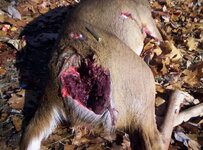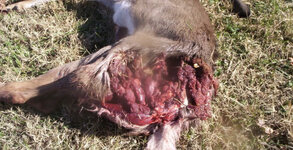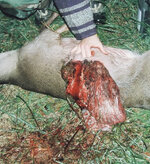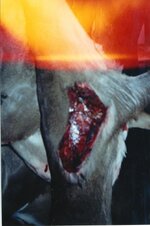iwearshorts
FNG
- Joined
- Jan 2, 2021
- Messages
- 46
So what is everyone’s plan for all the other calibers they own? It seems like the .223 77 tmk is as good as it gets. Are people going to start dumping their larger caliber rifles? Just let them sit in the safe? Seems like the only issue with the .223 setup would be minimum caliber restrictions in some states. If the future is small caliber and maximum efficiency bullets, will there be any reason to keep using large caliber rifles and traditional hunting ammo?





